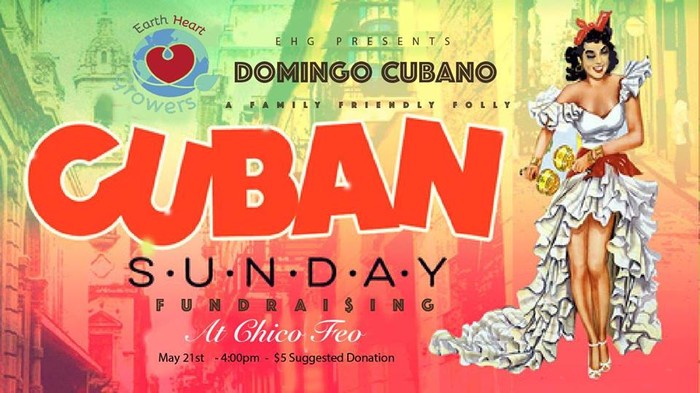My patient people, I have returned. Travel and high season at Social has caused my disappearance from the blogosphere but don’t worry, Ballstein is back and better than ever. Here goes nothin’!
Post-Argentina
Recently, I had a wonderful opportunity to spend some time touring Mendoza, home of the Argentinian wine community, courtesy of William-Harrison Imports. First and foremost, a sincere thanks to William-Harrison Imports is warranted. It was an absolutely wonderful experience.
Now to the juice.
I’m not going to lie- I’ve never been a huge fan of Argentinian Malbec or really any of their reds. They are great values but tend to be to overbearing and lack complexity. Sadly, this was mostly reaffirmed during my stay there.
Mendoza is a hot desert and subsequently, the wines produced are over-extracted and lack nuance. I’m sorry but 100% new American oak does not provide nuance, just intense vanilla and coconut flavors to add to the jammy berry fruit. This has become the go-to style down there and unfortunately, just about everybody is hopping in. I honestly tasted the same wine 100 times. It reminded me of our buddies on the other side of the globe, the Aussies, and for anyone who keeps up with the wine biz, the future is not bright and does not require shades.
HOWEVER,
There were some big winners! Two areas in particular that impressed me were Patagonia and the Cafayate Valley near Salta.
Patagonia is a significantly cooler area than Mendoza and the wines show much more refinement. The only problem is that there are currently only 7 wineries down there compared to the 1,100+ in Mendoza. Keep your eyes peeled for the producer Nemesio in particular- very impressive juice across the board.
The Cafayate Valley is actually north of Mendoza which would lead one to believe that it is warmer. Not so. This area is home to the highest vineyards in the world (over 10,000 ft) and produces some wines of stunning quality. The best juice here is by far the wonderfully aromatic white Torrentés. It is reminiscent of Alsatian Gewürtztraminer with intense lychee and rose pedal notes, but its lineage is actually Muscat crossed with a little known indigenous varietal. If you haven’t the chance to experience it, put it on your list. Recommended producers who are easy to locate are Susan Balbo’s ‘Crios’ and Columé.
ONE NOTE- the Torrentés being produced in the other regions of Argentina, such as Mendoza and La Rioja, pale in comparison to the Cafayate version.
Ballstein
